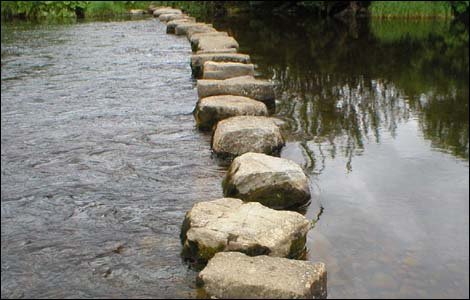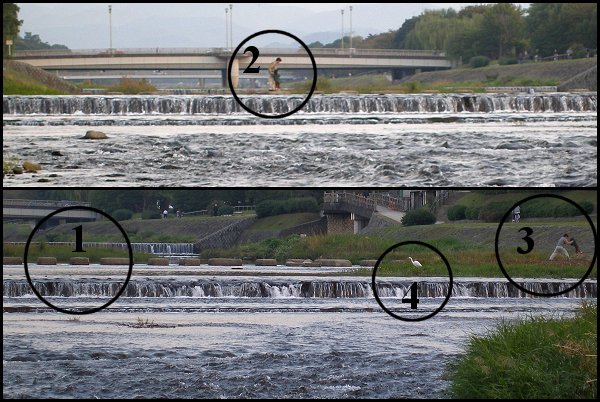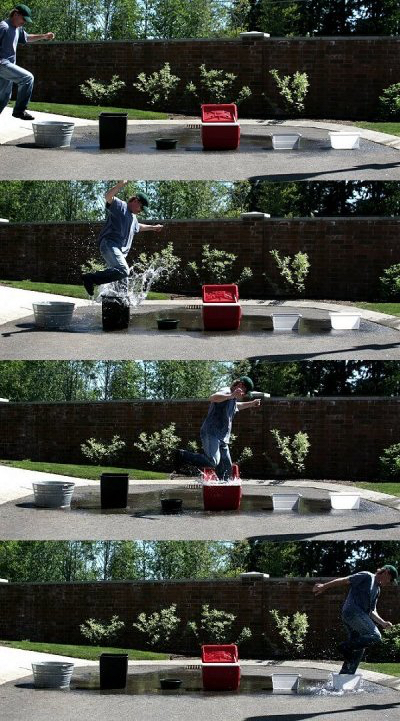THE BATTLE OF GORTON (Gorton is a district in Manchester, England)
may or may not have taken place (if it did it was between the Saxons and the Danes).
This is possibly of some import to the folks 'round there, at least the folks interested in history,
since Gorton may derive from 'Gore Town' and another local area, Reddish,
may derive from 'Red Ditch' - the local ditch having flowed red with blood.
It's also possible both derivations are somewhat apocryphal.
In any case, there is a tale about The Battle of Gorton from way back
(written[?] or re-written by John Higson in 1852)
that starts out with the dawn
The matin twilight glimmer’d in the east;
and moves on to the sun beaming
On a rivulet, whose pure crystal waters,
With playful gait, danced merrily along,
Their wonted track...
(I had to use that bit as wont is an underused word in my opinion)
...Ever anon,
Among the hills and dales the streamlet wound,
O’erhung with avenues of trees, unseen
To mortal eye, save where the villagers
Had placed, at some rude ford, th’hipping stones.
It goes on from here; blood in the ditch, hordes, savage Danes, hordes of savage Danes, etc.
No more mention of th'hipping stones, possibly because keeping your feet dry becomes
the least of your worries if the ditches are red.
|






